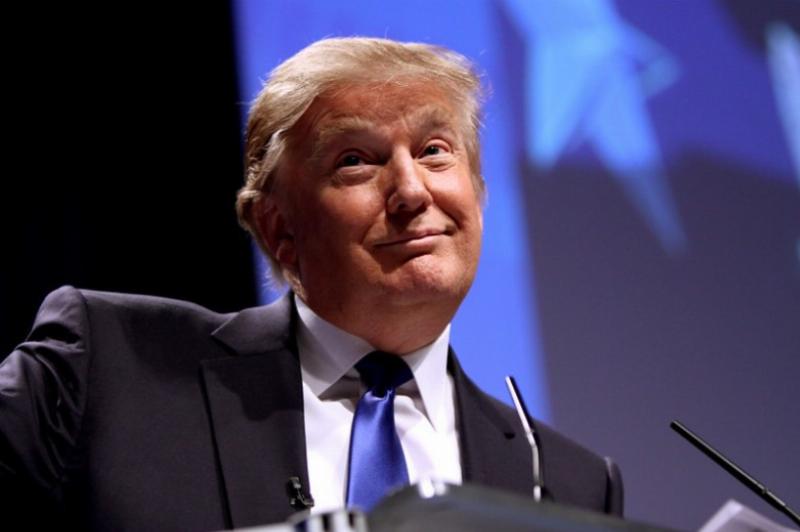


In a watershed moment for the war on drugs, one of the most elusive and powerful drug lords in modern history — Ismael “El Mayo” Zambada García, 77, co-founder of the Sinaloa Cartel — stood before a U.S. federal judge and admitted guilt. Cartel bosses don’t typically apologize, but in court, El Mayo did just that:
I recognize the great harm illegal drugs have done. ... I apologize and take responsibility for my actions.
Long considered untouchable, Zambada García was a shadowy figure who outlasted many rivals, evaded capture for decades, and quietly directed one of the most profitable and violent narcotics empires in the world.
Zambada was a “principal leader of a continuing criminal enterprise from January 1989 through July 2024,” the press release states. A previous indictment in the Western District of Texas (WDTX) “charged Zambada García with, among other things, RICO conspiracy for his participation in money laundering, murder and drug conspiracies, and violations of state law for murder and kidnapping for conduct between Jan. 1, 2000, and April 11, 2012.”
The DOJ’s August 2025 press release describing his guilty plea continues:
The Cartel’s operations initially focused on cocaine distribution based on cooperative arrangements and close coordination with South American sources of supply and distribution networks. This changed in the 2000s when the Colombians, seeing increased law enforcement activity, started to abandon their U.S. distribution businesses in favor of permitting Mexican traffickers to invest in cocaine shipments at wholesale prices, which those Mexican traffickers would then distribute in the United States. As a result, Mexican traffickers and the Cartel began to take a more integral role in moving cocaine from Colombia into and throughout the United States.
Under Zambada García’s leadership, the Cartel also recently branched out into the production and trafficking of fentanyl, including by purchasing fentanyl precursor chemicals from Chinese companies and producing many thousands of kilograms of fentanyl in laboratories both in rural areas and major cities in Mexico for distribution in the United States.
The Sinaloa Cartel is responsible for shipping massive quantities of cocaine, heroin, methamphetamine, and fentanyl into the U.S., killing tens of thousands of Americans annually. Under Zambada’s leadership, the cartel perfected large-scale smuggling operations using tunnels, aircraft, hidden compartments, and networks of corrupt officials on both sides of the border.
His admissions confirmed what Washington long insisted but Mexican officials often denied: that the Sinaloa Cartel is centrally managed, structured like a corporation, and designed to flood American streets with narcotics. This acknowledgment could strengthen future prosecutions, sanctions, and policy actions.
For decades, Zambada García worked relentlessly to expand the Sinaloa Cartel’s reach and solidify his influence, especially after the 2016 capture of his partner, Joaquín “El Chapo” Guzmán.
Perhaps the most explosive part of Zambada’s plea was his acknowledgement of systemic bribery. He admitted paying politicians, generals, and police officers to shield cartel operations. Court testimony in the trials of El Chapo and former Mexican security minister Genaro García Luna confirmed that this corruption was indispensable: from local police escorting drug convoys to federal insiders tipping off cartel leaders about raids to officials advising how to evade investigations. Such collusion allowed Zambada’s criminal enterprise to function on a vast scale.
U.S. officials have long suspected pervasive corruption in Mexico but lacked testimony from someone at the top. El Mayo’s admission undercuts decades of denials from high-level officials about bribery in Mexico. His testimony also forces D.C. policymakers to grapple with the uncomfortable truth: Billions in U.S. taxpayer aid have gone to a country where officials have worked hand in glove with the cartels.
Zambada’s downfall began July 25, 2024, when he was arrested in El Paso, Texas — reportedly lured onto a plane by one of El Chapo’s sons under false pretenses. He claimed, via his attorney, that he was “abducted and handed over” to U.S. authorities — an act that underscored deep betrayal within cartel ranks.
According to the DOJ press release,
Zambada García faces a mandatory life sentence for leading a continuing criminal enterprise, and a maximum sentence of life in prison on the RICO count. As part of the plea agreement, Zambada García also agreed to the entry at sentencing of a $15 billion forfeiture money judgment.
Recovering the funds will likely be difficult, but the symbolism is significant. The U.S. government is not only arresting cartel leaders, but also targeting the financial infrastructure — banks, shell corporations, and front businesses — that sustain their empires.
In exchange for his plea, U.S. authorities dropped pursuit of the death penalty. Sentencing is scheduled for January 13, 2026.
Attorney General Pam Bondi praised the broader progress in the war against drugs under President Trump.
“Mexican authorities,” Bondi stated, “have expelled more than 50 high-ranking cartel leaders and other dangerous criminals to our country to face prosecution, historic numbers. We now have leaders from CJNG, Sinaloa, and Los Zetas in our custody,” Bondi added.
Trump’s DOJ is prosecuting cartel members as Foreign Terrorist Organizations, a designation announced by secretary of State Marco Rubio in February following a January 20 executive order issued by President Trump “to address cartel activity and stem the flow of illegal aliens and illicit drugs at the southern border.”
<img 5440390625="" a="" alt="
Image: Gage Skidmore via <a data-cke-saved-href=" by-sa="" captext="<a data-cke-saved-href=" cc="" gage="" gageskidmore="" href="https://creativecommons.org/licenses/by-sa/2.0/legalcode" https:="" p="" photos="" src="https://images.americanthinker.com/imported/2024-03/252527_640.jpeg" www.flickr.com="" width="100%" height="auto">
Image: Gage Skidmore via Flickr, CC BY-SA 2.0.
